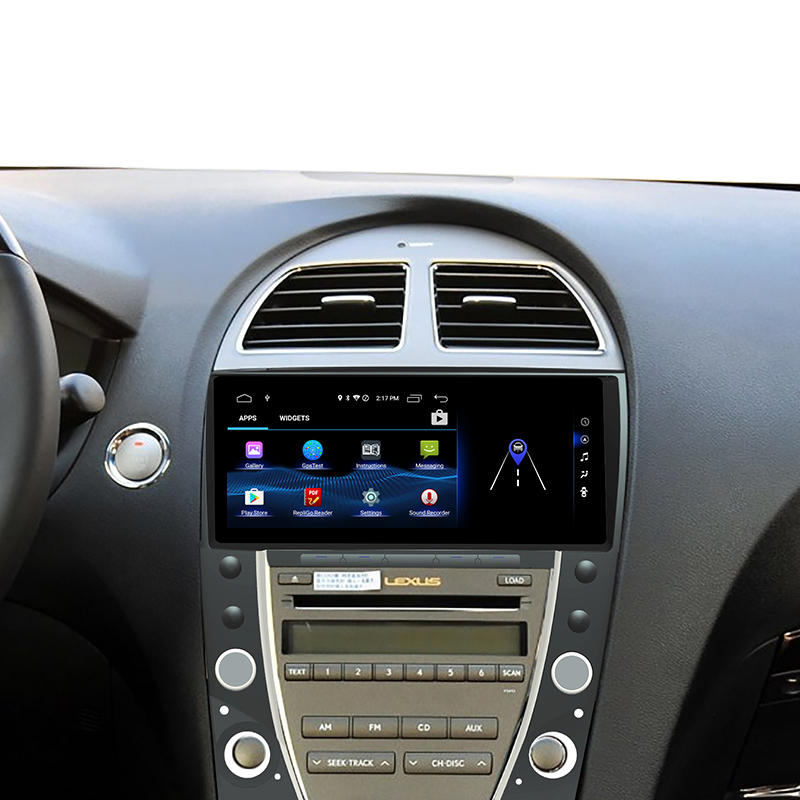Electric vehicles have been around for a long time, but are rapidly evolving in the automotive industry. Find out how the upcoming and inevitable transition to electrification will affect you.
Whether you’re looking to build your own home theater or just want to learn more about TVs, monitors, projectors and more, we’ve got you covered.
Deciding whether or not to upgrade your old factory car stereo is usually straightforward. However, factors such as a custom head unit and steering wheel controls can complicate matters. In the case of steering wheel audio controls, the problem is that the factory controls won’t work with a new head unit, and aftermarket solutions are clunky at best.
Concerns about losing control of the steering wheel when upgrading your car stereo are largely unfounded, but the upgrade is more complex than most. While it’s possible to implement aftermarket steering wheel audio controls using your original equipment manufacturer (OEM) equipment, it doesn’t look like any new head unit you buy will work with your steering wheel controls.
In addition to purchasing a compatible head unit, a typical installation scenario involves purchasing and installing the appropriate type of steering wheel audio control adapter to facilitate communication between the factory controls and the aftermarket head unit.
If this sounds complicated, it is not. There is more interoperability than you might think: many manufacturers use the same set of compatible communication protocols, so you only need to consider a few options, not dozens.
When it comes to upgrading a factory car radio, the first thing most people wonder is if it’s possible to keep the audio controls on the steering wheel. After that, it’s natural to wonder if it’s possible to keep these controls without an adapter.
This topic is a bit tricky, but the basic answer is no, you can’t connect steering wheel audio controls to a secondary radio without an adapter. There are some exceptions, so it’s important to know what type of control your car has and whether you can find a working plug-and-play radio. However, in most cases an adapter is required.
The main caveat is that although you do need an adapter, you can create one if you have the right level of knowledge and experience. The problem is that this is not a do-it-yourself project that anyone can handle. If you can’t design and implement an adapter unaided, it’s best to buy one.
As with many other aspects of upgrading your car stereo, you need to have a plan. In the case of steering wheel audio controls, planning ahead is important because there are several moving parts that need to be properly put together.
The first step in this process is to research the various adapters on the market and determine which one is right for your vehicle. Each vehicle complies with a specific communication protocol, so it is very important to find an adapter kit that works with that protocol.
Then check for different hosts that are compatible with the adapter. While this narrows down your options somewhat, you still have plenty to choose from.
It is also important to note that the adapter and host must be installed at the same time to save man hours. The problem here is that if you install a new head unit without even considering the controls on the steering wheel, and choose a head unit that supports this feature, you will have to take it all apart again to install the adapter.
Most systems use two basic types of steering wheel input (SWI): SWI-JS and SWI-JACK. While Jensen and Sony mainframes use SWI-JS, and JVC, Alpine, Clarion, and Kenwood use SWI-JACK, many other manufacturers use either of these two common standards.
The key to getting your stock steering wheel audio controls to match your aftermarket head unit is choosing a head unit with the right type of control input, finding the right adapters, and connecting them all together to make everything work together.
Head unit installation is a relatively simple task that most people can complete in half a day or less, depending on the vehicle. In most cases, this upgrade is a plug-and-play operation, especially if you can find a harness adapter.
Installing a steering wheel audio control is something that most home DIYers can do at home, but it’s a bit tricky. Unlike other car audio components, these devices are not designed to be plug-and-play. There are usually car specific installers and you usually have to dock with some factory wiring.
In some cases, you will also have to program each button on the steering wheel to match a specific head unit function. This allows for a lot of freedom in customization, but it’s an additional complication that you need to be aware of before diving into it. If you are not comfortable connecting and programming the adapter, a car audio store can help you.
Post time: Jun-03-2023

